Budapest
PEARL OF THE DANUBE
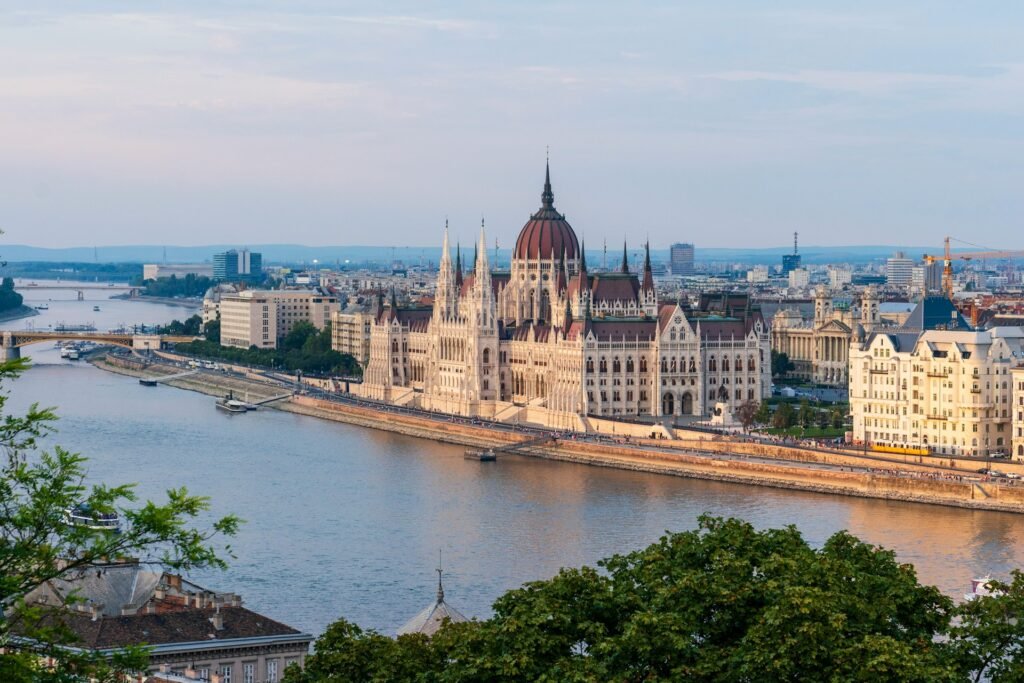
It helps keep this site running, and we appreciate your support!
Sightseeing
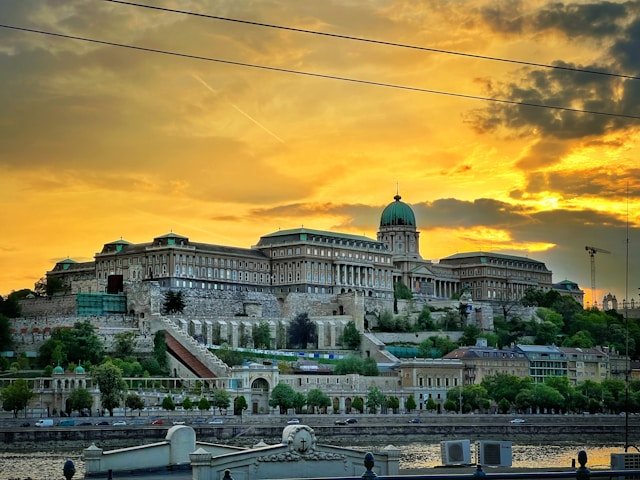
Buda Castle
Perched atop a hill overlooking the Danube, this sprawling historic complex offers a glimpse into Budapest’s royal past. Buda Castle, with its Baroque architecture and sweeping courtyards, houses the Hungarian National Gallery and Budapest History Museum, both brimming with art and artifacts. The panoramic views of Pest from the castle grounds are a highlight—perfect for sunset photos. A ride up on the Castle Hill Funicular adds a fun twist to reaching this iconic landmark.
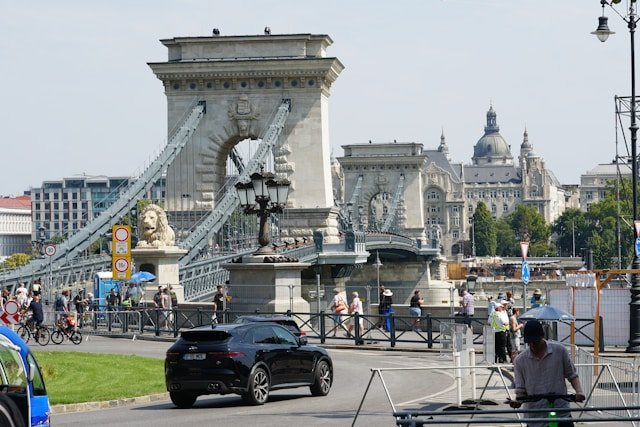
Chain Bridge
Stretching across the river like a symbol of unity, this elegant structure was the first permanent link between Buda and Pest. Completed in 1849, the Chain Bridge dazzles with its stone lions and ironwork, especially when lit up at night against Budapest’s skyline. Walking its pedestrian path feels timeless, offering postcard-worthy views of Parliament and Buda Castle. It’s a must-cross for any visitor, blending history with a scenic stroll.

Parliament Building
A Gothic Revival masterpiece dominates the Pest riverbank, its spires piercing the sky in breathtaking detail. The Parliament Building, one of Europe’s largest legislative halls, stuns with its ornate interiors—think grand staircases, stained glass, and the Hungarian Crown Jewels on display. Guided tours unlock its hidden corners, but even from the outside, its sheer scale and riverside perch make it a Budapest icon worth admiring.
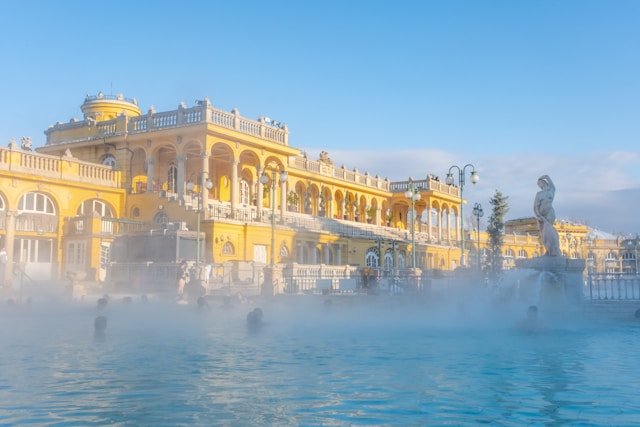
Széchenyi Thermal Bath
Steam rises from outdoor pools as locals and travelers soak in mineral-rich waters—this is Budapest’s spa culture at its finest. The Szechenyi Thermal Bath, nestled in City Park, boasts Neo-Baroque architecture and 18 pools, from hot springs to chilly dips. Open year-round, it’s a relaxing retreat, especially in winter when snow dusts the yellow facade. Bring a towel and flip-flops for a dip into Hungary’s wellness tradition.
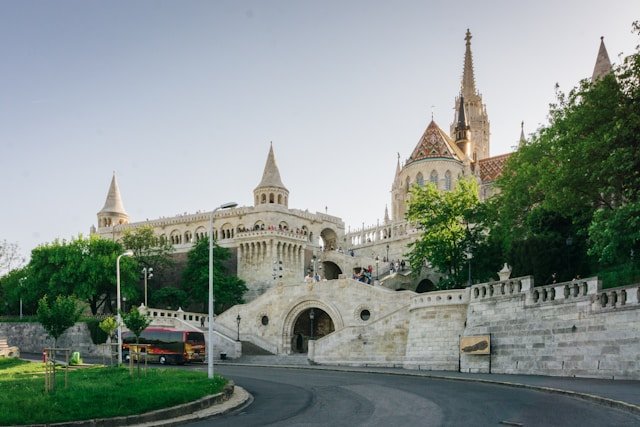
Fisherman’s Bastion
Fairy-tale towers and sweeping vistas greet you at this whimsical lookout on Castle Hill. Fisherman’s Bastion, with its seven turrets symbolizing Hungary’s founding tribes, feels like stepping into a storybook. Built as a viewing terrace, it offers unbeatable sights of the Danube, Chain Bridge, and Parliament—best at sunrise when the crowds are thin. The neo-Romanesque stonework and nearby Matthias Church make it a dreamy spot for history buffs and photographers alike.
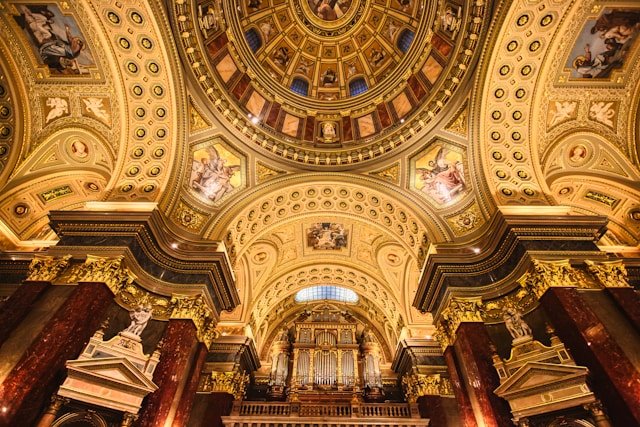
St. Stephen’s Basilica
A dome towering over Pest’s skyline beckons visitors into one of Budapest’s grandest spiritual sanctuaries. St. Stephen’s Basilica, named for Hungary’s first king, dazzles with its neoclassical facade and opulent interiors—marble columns, gilded details, and a mummified hand of St. Stephen himself. Climb or elevator up to the cupola for 360-degree city views that rival any postcard. Concerts often fill the space with music, adding a soulful layer to this must-see landmark.
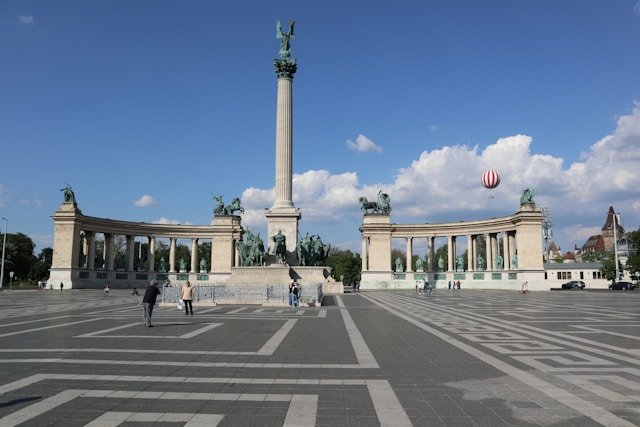
Heroes’ Square
History unfurls in an open plaza where statues of Hungary’s legendary leaders stand tall. Heroes’ Square, flanked by the Museum of Fine Arts and Kunsthalle, marks a grand tribute to the nation’s past with its Millennium Monument at the center. The wide, tree-lined expanse feels majestic, especially at dusk when the stone figures glow under lights. It’s a quick metro ride away and a perfect spot to reflect on Budapest’s storied heritage.
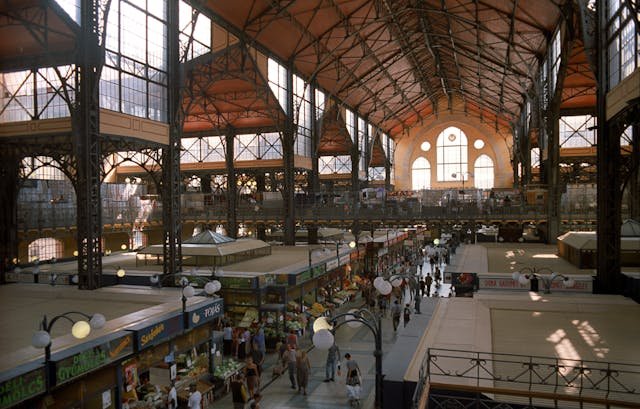
Great Market Hall
A cacophony of vendors and aromas fills this bustling indoor bazaar, a food lover’s paradise in Budapest’s heart. The Great Market Hall, with its colorful Zsolnay tiled roof, spans three floors—fresh produce and paprika downstairs, souvenirs and crafts above, and sizzling street food like lángos to tie it all together. Open daily (closed Sundays), it’s a vibrant slice of local life where you can shop, eat, and soak in the city’s pulse.

Gellért Hill
Rising above the Danube, this leafy ridge offers a peaceful escape with a side of stunning scenery. Gellért Hill, crowned by the Liberty Statue and Citadella fortress, rewards a short hike with panoramic views of Budapest’s bridges and skyline—bring your camera. Paths wind through greenery, past the quirky Gellért Cave Church, making it a serene contrast to the urban buzz below. Sunset here is pure magic.
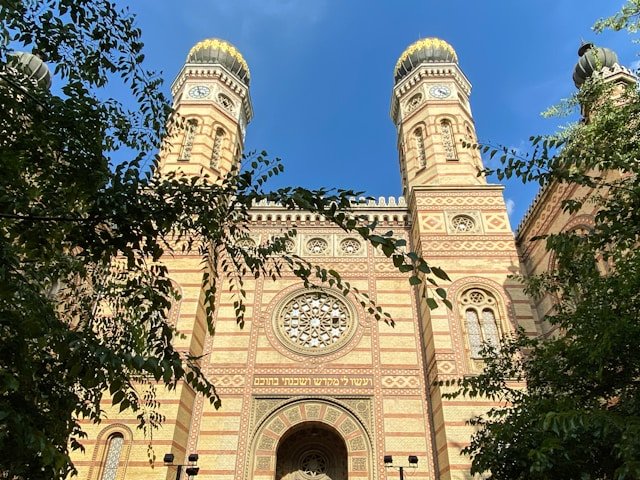
Dohány Street Synagogue
Hidden behind an unassuming facade lies Europe’s largest synagogue, a testament to Budapest’s rich Jewish heritage. The Dohány Street Synagogue stuns with its Moorish Revival architecture—twin towers, intricate brickwork, and a lavish interior seating 3,000. The adjacent museum and Tree of Life memorial, honoring Holocaust victims, add depth to the visit. It’s a cultural cornerstone in the Jewish Quarter, steps from lively ruin bars and cafés.
Activities
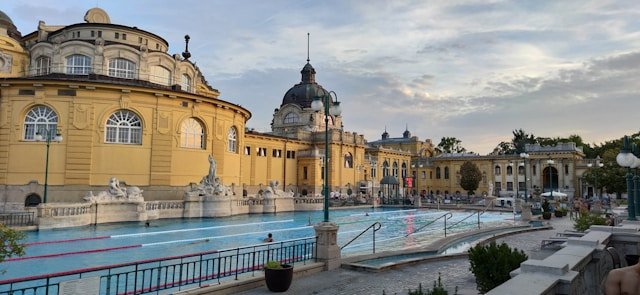
Thermal baths and Spa
Soothing steam and mineral-rich waters beckon from every corner of the “City of Spas,” where relaxation meets history—Budapest’s thermal baths are a must-experience. The Széchenyi Thermal Bath, with its grand Neo-Baroque architecture and 18 pools, is a crowd favorite—think outdoor soaks at 38°C (100°F) even in winter. Gellért Baths stun with Art Nouveau mosaics and indoor pools, while Rudas offers an Ottoman-era vibe with its octagonal pool and rooftop hot tub overlooking the Danube. Bring a swimsuit, flip-flops, and towel—entry hovers around 10,500 HUF ($30), with extras like massages available. It’s a centuries-old tradition that’s as rejuvenating as it is iconic.
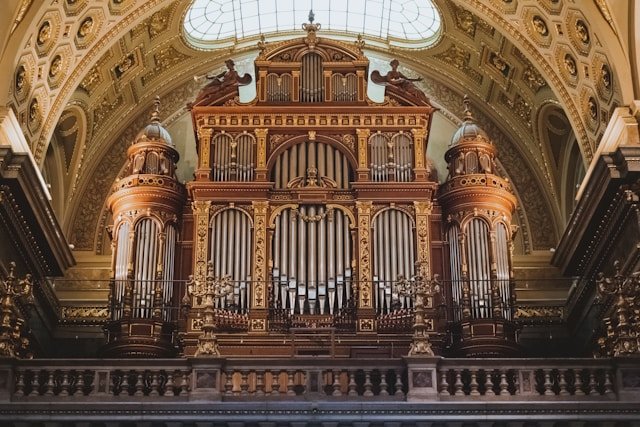
Organ Concert
Echoes of Bach and Vivaldi fill the air as master musicians bring a neoclassical gem to life—St. Stephen’s Basilica hosts Budapest’s most unforgettable organ concerts. The 70-minute performances, held in the stunning church with its massive 9,000-pipe organ, draw rave reviews for their acoustics and atmosphere. Tickets start at around 9,000 HUF ($25), with VIP seats closer to the action for a bit more. Pair it with a late-night Danube cruise for a combo of sound and sights—check schedules online, as shows often run Thursday to Saturday. It’s a soul-stirring way to cap an evening in the city.
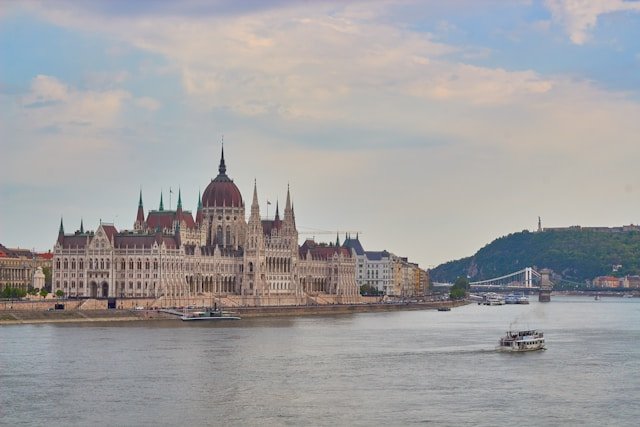
Budapest Cruises
Gliding along the Danube reveals Budapest’s beauty from a fresh angle, with landmarks glowing against the water’s edge—river cruises here are pure magic. Daytime trips (around 3,500 HUF/$10) showcase Chain Bridge, Parliament, and Buda Castle in sunlight, while night cruises (up to 10,000 HUF/$28) dazzle with the city lit up—opt for a dinner option with Hungarian wine and goulash for extra flair. Most leave from Pest’s docks near Vigadó Square, lasting 60-90 minutes with audio guides in multiple languages. Book ahead with operators like Legenda or Silverline for a front-row seat to this UNESCO-listed skyline.
Hop on Hop off
A double-decker bus winding through Budapest’s iconic streets offers a front-row seat to the city’s charm—hop on hop off bus tours are the ultimate way to explore at your own pace. Companies like Big Bus and City Sightseeing run multiple routes, hitting must-see spots like Buda Castle, Parliament, and Heroes’ Square with 20+ stops across Pest and Buda. Tickets (starting at €30-€35 for 24 hours) let you hop on and off unlimited times within 24, 48, or 72 hours, with audio guides in 16+ languages spilling the city’s history. Many include extras like a Danube cruise or walking tour—check the fine print when booking online or at St. Stephen’s Basilica. Buses roll every 10-30 minutes from 9 AM to 6 PM, making it a flexible, fuss-free way to see Budapest’s best.
Flight
Hotels
Essential Tips for Visiting Budapest
Eating Like a Local
Getting Around Budapest
Weather and Seasonality in Budapest
Value Index
Staying Safe in the City
Overall Feel
